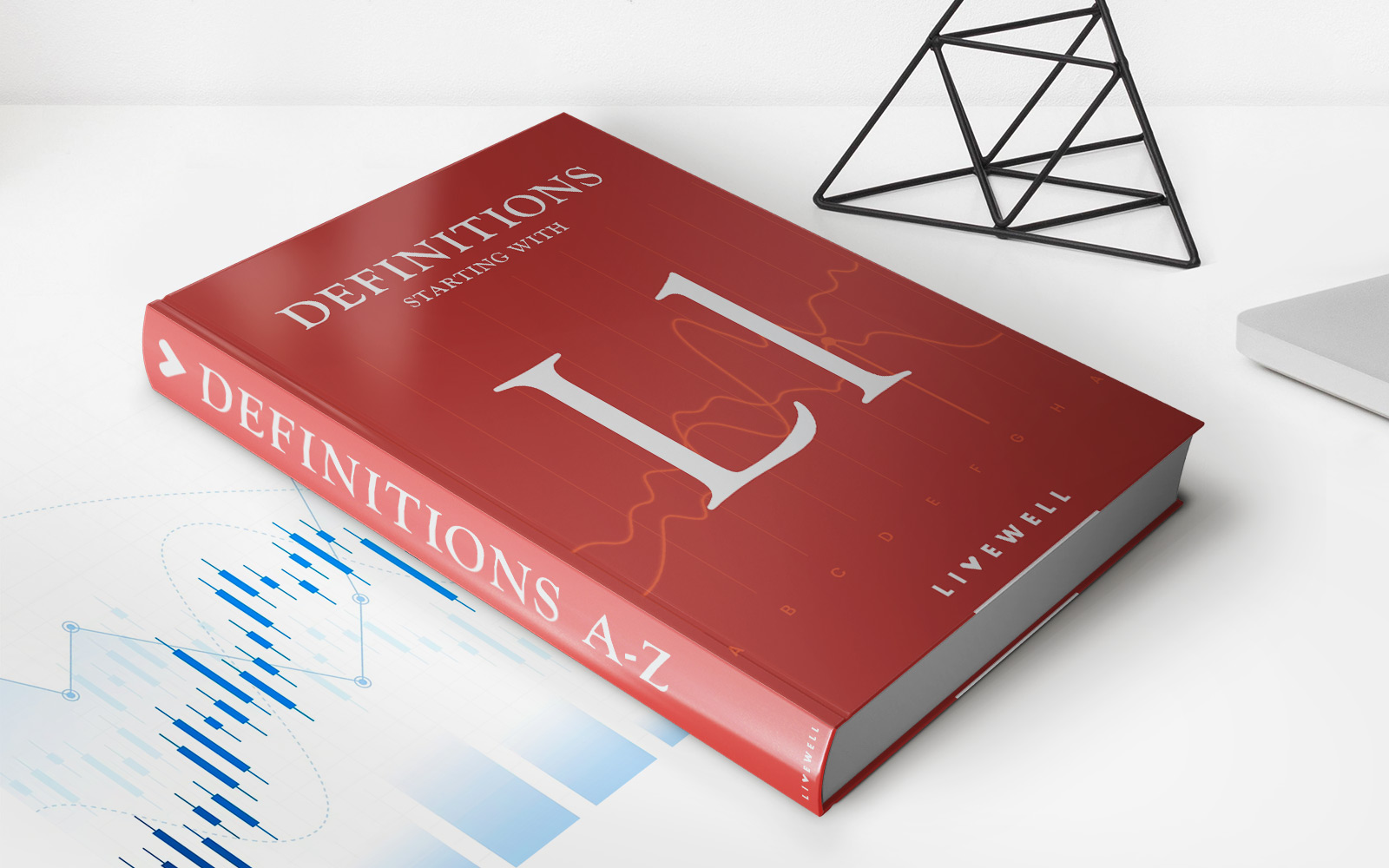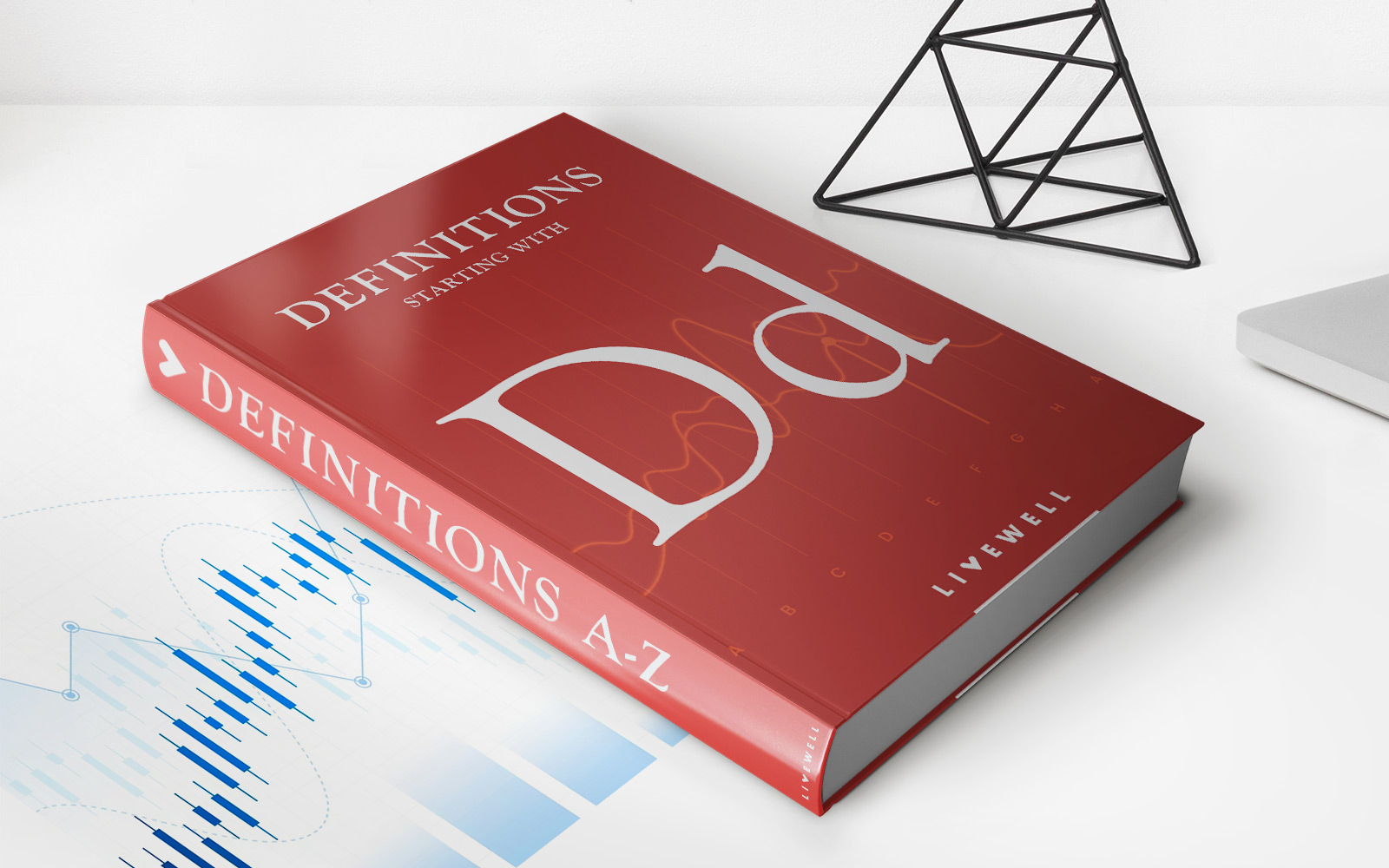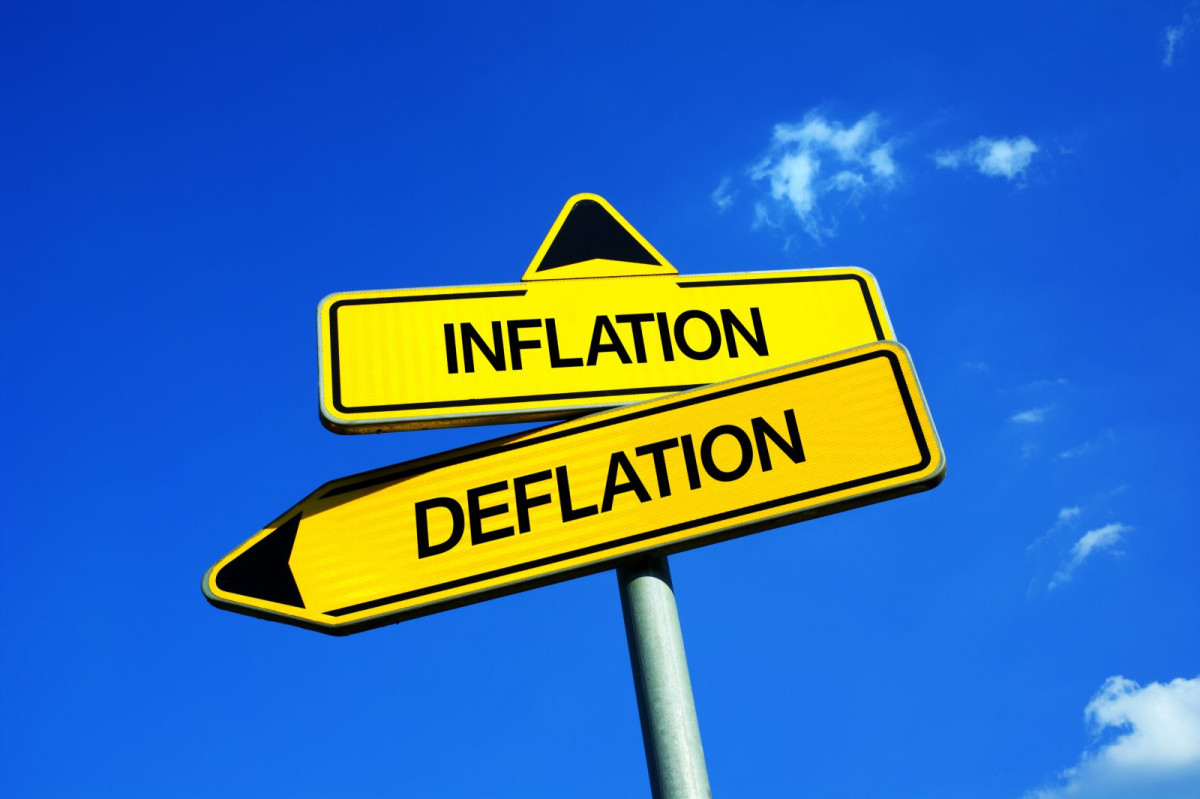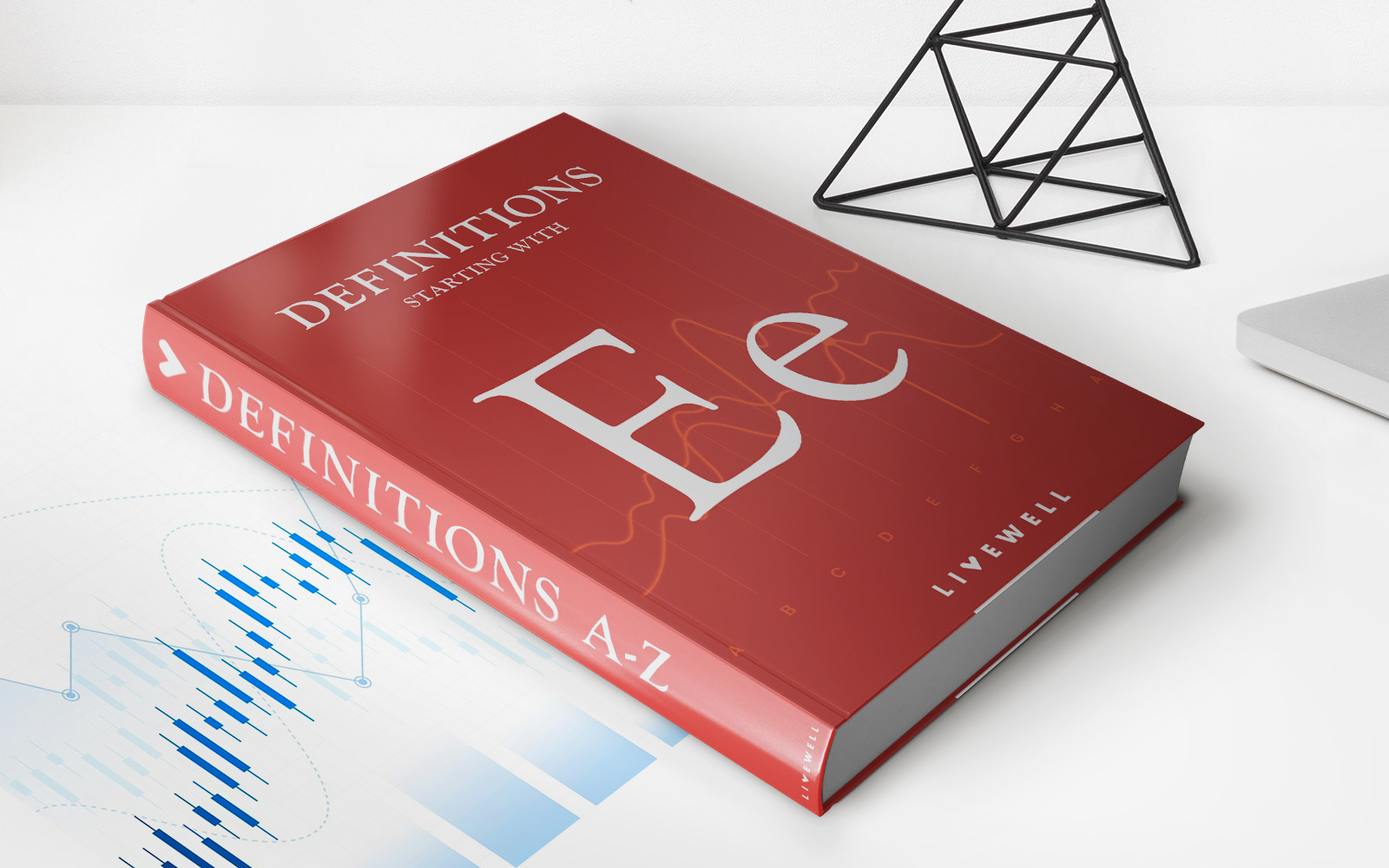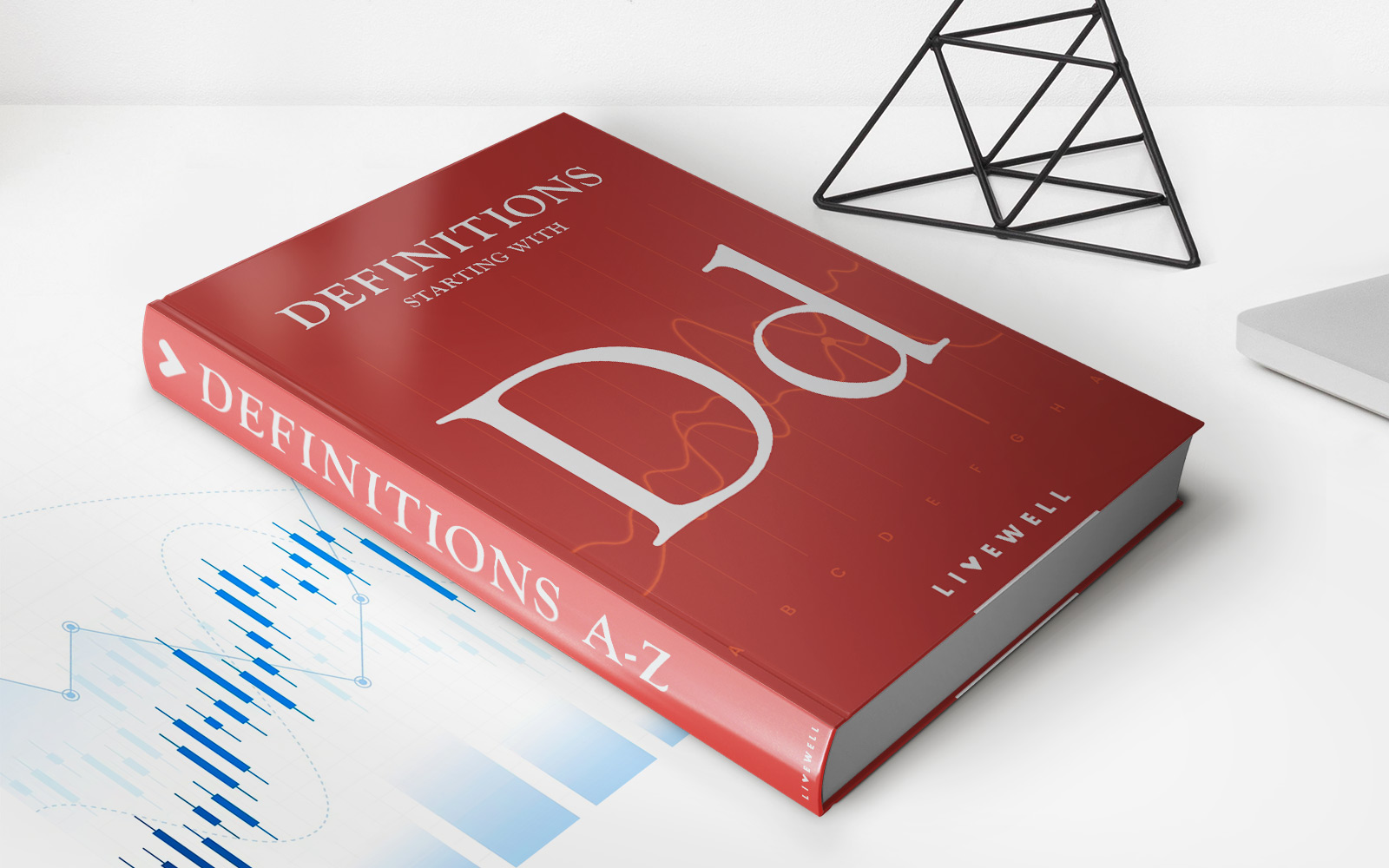

Finance
Value Deflation Definition
Published: February 15, 2024
Learn about value deflation in finance. Understand the meaning, causes, and impact of value deflation on the economy and financial markets.
(Many of the links in this article redirect to a specific reviewed product. Your purchase of these products through affiliate links helps to generate commission for LiveWell, at no extra cost. Learn more)
Understanding Value Deflation in Finance
In the vast world of finance, there is a wide range of dynamics and concepts that can impact the economy and individual investments. One such concept that has gained attention in recent years is value deflation. In this blog post, we will explore the definition of value deflation, how it affects various areas of finance, and its implications for investors. By the end, you will have a clear understanding of this important concept and its significance in the financial world.
Key Takeaways:
- Value deflation refers to a decrease in the perceived worth or purchasing power of an asset or currency over time.
- This phenomenon can be influenced by various factors, including economic conditions, market trends, and changes in consumer behavior.
What is Value Deflation?
Value deflation, also known as deflationary pressure, occurs when the overall price level decreases over time. In simpler terms, it means that the value or purchasing power of money or other assets diminishes. This is in contrast to inflation, where prices rise and the value of money decreases.
During times of value deflation, consumers may feel hesitant to spend their money and instead opt to save. Businesses may struggle to sell their products and services, leading to reduced profits and potential lay-offs. As a result, economic growth can slow down and investor confidence may waver.
How Does Value Deflation Affect Finance?
Value deflation can have significant implications for various areas of finance. Here are a few key ways it impacts the financial landscape:
- Asset Pricing: In a deflationary environment, the value of assets such as real estate, stocks, and commodities may decrease. This can lead to a decline in investors’ portfolios and reduce overall wealth.
- Interest Rates: As inflationary pressures decrease, central banks may decide to lower interest rates to stimulate economic activity. Lower interest rates can make borrowing cheaper, encouraging businesses and individuals to invest and spend.
- Consumer Behavior: Value deflation often leads to cautious consumer behavior, as individuals may delay making purchases in anticipation of lower prices. This can impact the demand for goods and services, affecting businesses’ revenue and profitability.
Implications for Investors
For investors, understanding the concept of value deflation is crucial for making informed decisions. Here are some key considerations:
- Diversification: Diversifying your investment portfolio across different asset classes can help mitigate the impact of value deflation on your overall wealth.
- Economic Indicators: Keeping an eye on key economic indicators, such as inflation rates and central bank policies, can provide valuable insights into potential deflationary trends.
- Opportunistic Investing: During value deflationary periods, certain assets may become undervalued. Identifying these opportunities and taking advantage of them can lead to favorable investment returns over the long term.
Conclusion
Value deflation is a concept that plays a significant role in finance and has far-reaching implications for investors, businesses, and the overall economy. By understanding the definition of value deflation and its effects, individuals can make more informed financial decisions, adapt their strategies, and take advantage of opportunities during deflationary periods.
